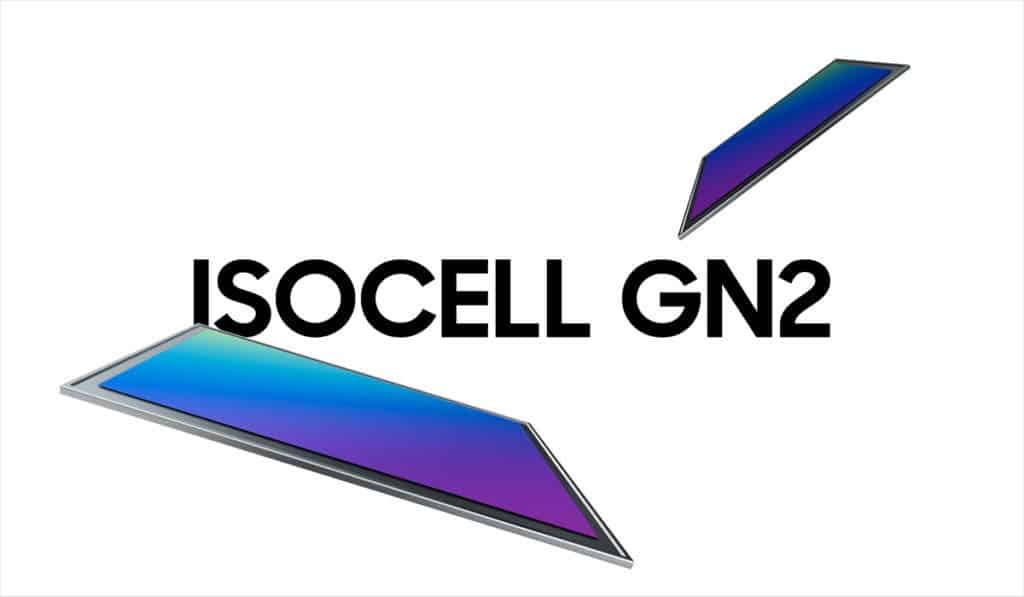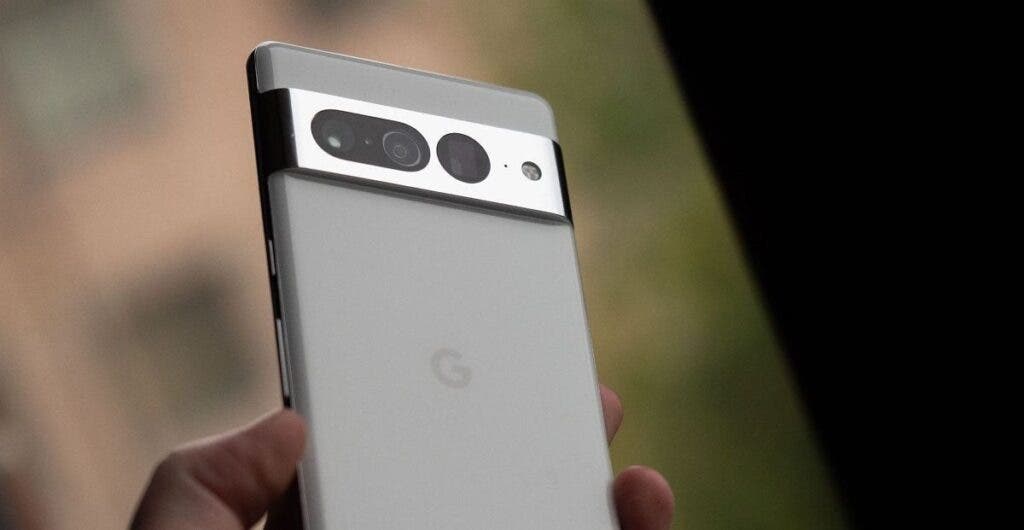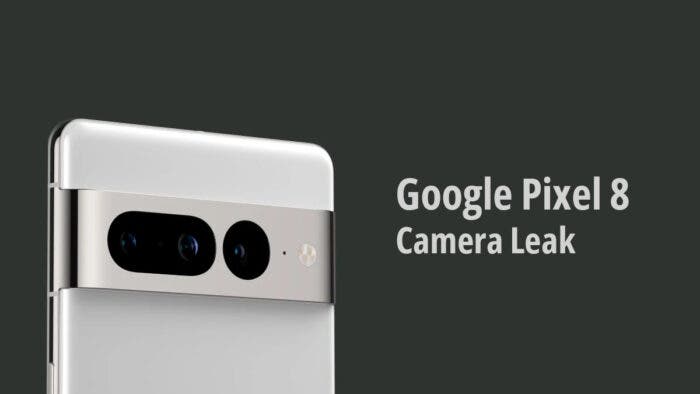Google Pixel phones were among the very first ones to support HDR+ photography. In fact, the HDR shooting capabilities of current smartphones are often compared with pixel phones for reference. And with Google Pixel 8, the smartphone giant is ready to take its HDR game to the next level.
Basically, the source code of the Google Camera Go app for the 2023 Pixels has been revealed. And the main highlight of the code is a new HDR capturing technique. The new HDR solution requires a new sensor and promises to offer a better-quality HDR picture than the currently available Pixel 7’s primary sensor.
Pixel 8 Might Have Staggered HDR
Since the introduction of HDR+ photography, Google Pixels has utilized the tentpole mode. This feature was introduced in the Nexus lineup and eventually made its way to the Pixel series. And at its core, it is a multi-HDR solution that takes shots with relatively low ghosting effects and improved dynamic range.
Long story short, courtesy of Google we got a clean, unobfuscated version of Google Camera Go, that includes references that seemingly confirm that flagship Pixels in 2023 – Husky and Shiba – will support staggered HDR. pic.twitter.com/YdaWTlGznN
— Kuba Wojciechowski⚡ (@Za_Raczke) December 19, 2022
However, Kuba Wojciechowski, a trusted leaker, found references to staggered HDR support for Google’s 2023 devices. Wojciechowski discovered references to this feature when he dug into the new Google Camera Go app.
The Samsung Isocell GN1 Does Not Have Staggered HDR Support!
So, does the new Staggered HDR solution mean we will see a new sensor on the Google Pixel 8? Well, according to Wojciechowski, we might! The tipster rightfully noted that the Samsung Isocell GN1 does not have the support for staggered HDR.
And in case you didn’t know, the GN1 is the main sensor found on the Pixel 7 series and Pixel 6. However, the Isocell GN2 does come with staggered HDR capability. That suggests that the Google Pixel 8 could have a camera upgrade.

How Much Difference Will the Staggered HDR Support on Google Pixel 8 Make
The original HDR+ solution of Google took a series of short exposure shots. However, with the Pixel 5 and 4a 5G, Google switched to HDR+ with bracketing.
Basically, the HDR+ with bracketing takes five short exposure shots before the shutter press. After the press, it takes a long exposure shot. It combines all the shots and offers you a final image.
On the other hand, the staggered HDR is a more modern take on HDR photography by Samsung. This solution takes three separate exposures: short, medium, and long. And it does all that in rapid succession. Afterward, the tech merges them all and offers you a final photo.
![]()
So, that means that the current HDR+ solutions of Google have one primary thing missing. And that is the medium exposure shots. But will the medium exposures make a ton of difference?
At the time of the GN2 launch, Samsung noted that the staggered HDR brings more vibrant colors and richer detail than the GN1. Alongside that, the GN2 could capture HDR shots with a reduced power consumption of up to 24%.
Samsung also has confirmed that the staggered HDR is faster than the conventional HDR solutions. However, it’s unclear whether Samsung was comparing the real-time HDR mode of GN1 or the earlier implementations for HDR.
What You Can Expect From the Staggered HDR Technique
For HDR captures, the speed of the shots matters the most. Usually, the quicker the technique is, the better the result will be. So, any improvement in the speed department of the HDR technique will translate to better outputs. That means that the staggered HDR shots might significantly reduce ghosting effects on the Google Pixel 8.

Furthermore, with the staggered HDR technique, the Google Pixel 8 could take less time to “process” the images. Also, if the phone comes with Isocell GN2, the low-light performance and autofocus will see a massive upgrade.





